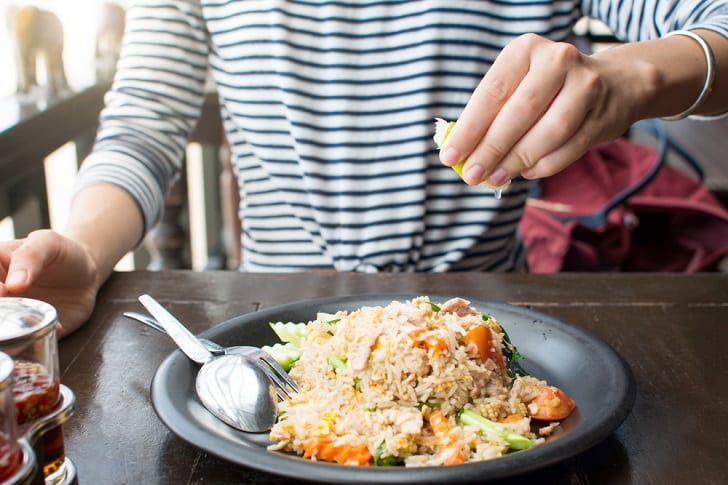In the Philippines, white rice is a staple food and is meant to be paired with a viand – a combination that makes for a perfect filling meal. The same can be said for other Asian countries like Vietnam and Thailand.
White rice proves to be one of the most versatile foods, which explains how it can be the center of a meal or a side dish. While it has become a big part of the cultures and traditions in these countries, an extensive study has found that this staple may not be that healthy.
The Study
Over 130,000 people across 21 countries were surveyed for a decade as part of the Prospective Urban Rural Epidemiology study. Some of the participants, aged 35 to 70 years old, were from China, India, North America, Europe, and South America.

The large-scale study looked at the white rice consumption of the participants and checked its association with one of the pressing health problems of today: diabetes.
Findings
Researchers found that high consumption of white rice is linked to an increased risk of developing diabetes. Furthermore, they asserted that the strongest association was observed among countries in South Asia, a region where white rice is regarded as a very important part of every meal.
The study noted that South Asian participants consumed the most amount of rice at 630 grams per day. Trailing behind are Southeast Asian countries (239 grams) and China (200 grams).

The study also found that high consumption of white rice resulted in low consumption of other essential food groups like fiber, dairy, red meat, and wheat.
Other Research
The results of the research may be alarming but definitely not shocking. After all, there are throngs of previous studies that also mirror the recent findings.
A 2012 study, for instance, by a team from the Harvard School of Public Health also looked at the relationship between white rice and diabetes. They found that a cup of cooked white rice may lead to an increase in the risk of the disease by 11 percent.
However, it is worth noting that these strings of research, which found that white rice consumption is connected to an increased chance of developing diabetes, focused on single countries.
Bottom Line
Since the high consumption of white rice has oftentimes been associated with diabetes, it is safe to say that you can still eat rice but in moderation. It would be hard to scrap this starchy food that is deeply embedded in the cultures of Asian countries.

Due to the overdevelopment in the agriculture sector, rice has become more polished, thereby losing some of the nutrients in the ‘cleaning’ stage.
